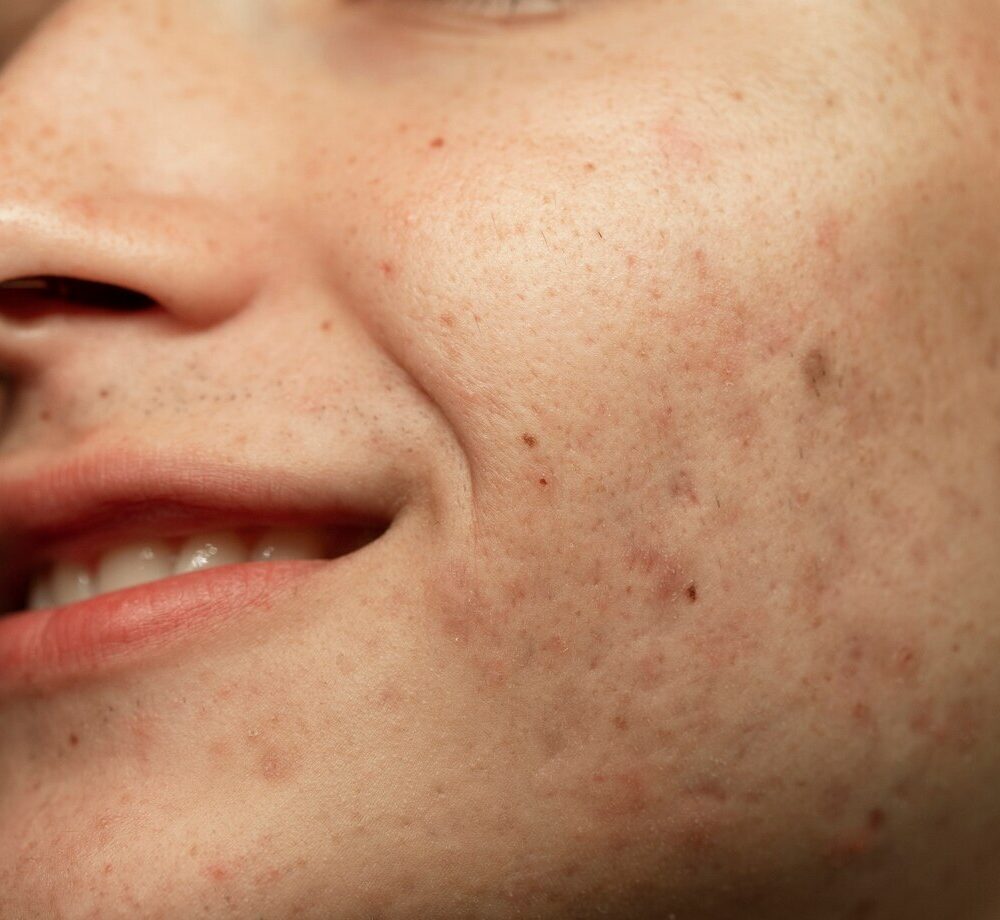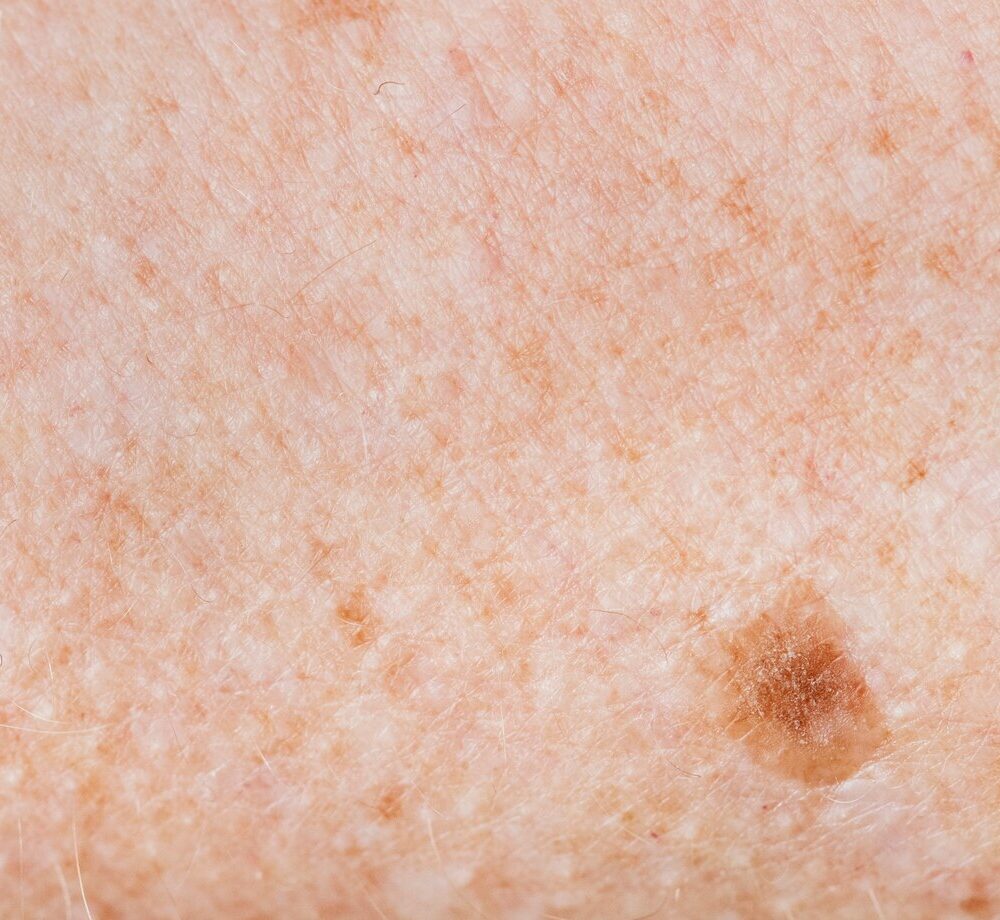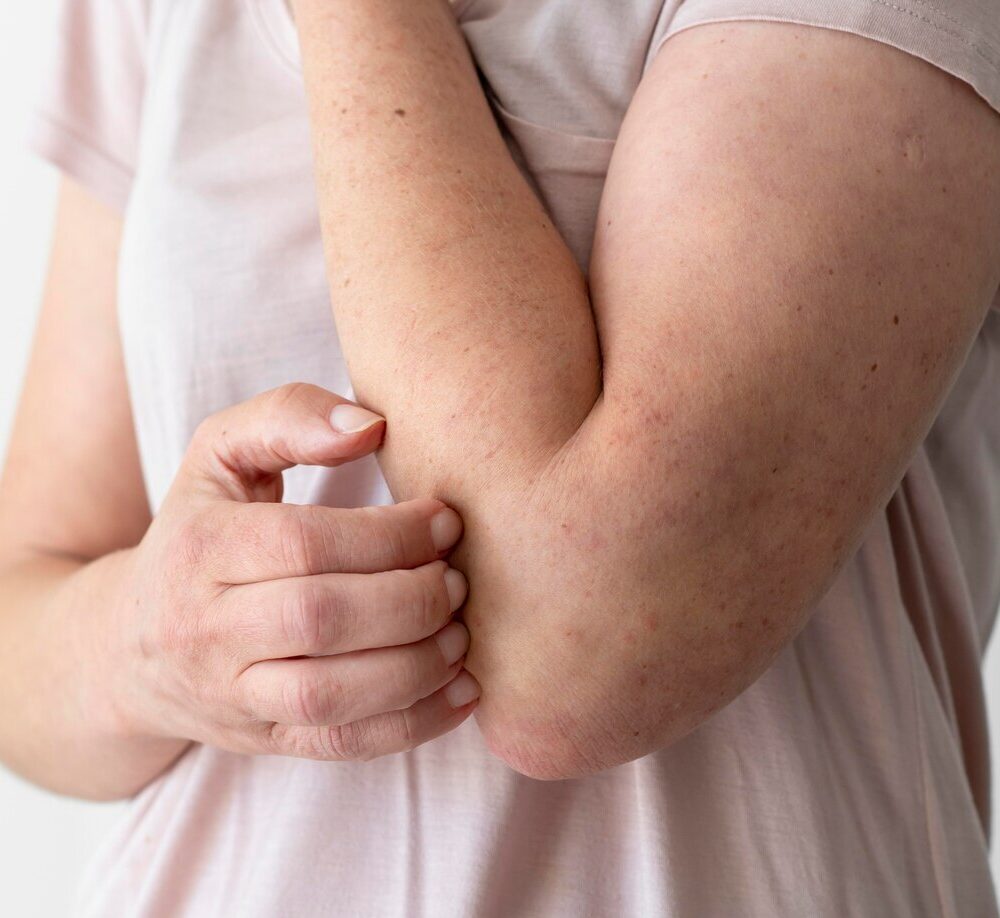Unparalleled Morphea Care at Prof. Dr. Ikram Ullah Khan’s Clinic:
Morphea is a rare autoimmune skin disorder, that is the source of extreme distress for the affected people. Prof. Dr Ikram Ullah Khan, the best skin specialist in Islamabad, is the pioneer of the laser technology in Pakistan. He provides pulsed dye and excimer 308 laser treatments to treat morphea. The right treatment and proper awareness given at Prof. Dr Ikram Ullah Khan’s skin clinic to morphea patients is significant to tackling this challenging disorder.
What is Morphea?
Morphea, also known as localized scleroderma, is a rare skin disorder. Oval and elongated shape hard and thick patches, of red or purple color, formed on skin.
In Morphea four indurated plagues of about 3cm in diameter, are available at at least two anatomic sites. Generalized morphea is symmetrical over the body, but with time plaques start to coalesce and reach a large area of the body.
Causes of Morphea
Doctors have not found the basic reason behind morphea. The problem develops when your immune system reacts in a peculiar way to something. When morphea affects someone who already faces a higher risk of developing it this condition may start after damage to the site, medicine use, poison exposure, a disease or radiation treatment.
The condition isn’t contagious.
Risk Factors of Morphea
Several elements increase your chances of developing morphea but scientists still do not know its exact cause.
- Being white and female. Most female white patients develop morphea.
- The disorder develops across every age range. One usually develops morphea within this age range (2 to 14) or during midlife.
- A family history of morphea. Morphea commonly shows up in people who have family members with the same condition. The genetic history of those affected with morphea often includes instances of morphea alongside other autoimmune medical problems.
Morphology
The appearance of morphoea forms different patterns on the skin including:
- An inflammatory phase: pink, purple or bruise-like patches
- Sclerosis forms as the skin stiffens and thickens across ivory-white areas bordered by inflamed purple areas.
Dyspigmention and atrophy. Darker or lighter skin patches show up after months or years following the stages of infection. Hyperpigmentation happens most often than hypopigmentation. Dermal atrophy makes skin look shiny and lets blood vessels show through the surface. Severe tissue and bone injury creates rimmed hollow areas or uneven limb widths that appear smaller.
The individual stages of morphoea typically unfold following one another but do not need to happen in exact succession.
Areas Affected by Morphea
Based on the affected part, plaque colour, size, and age of the patient, there are various types of this skin disease. Morphea affects different areas of the body. Plagues formed in the Armpits, underneath the breast, around the groin, eye, thigh, face, head, and toe area. Click Here to learn more.
Symptoms
Your morphea symptoms depend on both the stage and type of the disorder you have. They include:
- Reddish or purplish oval patches of skin, often on the belly, chest or back
- The affected areas of skin become paler in the center as time passes
- Linear patches, especially on the arms or legs and possibly the forehead or scalp
- The affected skin steadily turns solid and hardens while developing dryness and shine.
Morphea impacts both the skin and body tissue with potential bone involvement. The skin disease tends to continue for many years before fading on its own. The areas that got affected by the condition often show permanent visible marks on the skin surface. The condition has the potential to return after it improves.
How is Morphoea Diagnosed?
Doctors need only physical examination to identify morphoea in most cases. Medical specialists perform tests like biopsies and scan results along with blood tests to solve unclear aspects of the disease.
Skin Biopsy
- Doctors examine the skin tissue and fat layers under a microscope through biopsy testing.
- Doctors use microscope tests to examine fat tissue and sometimes the fascia layer.
Classic findings in morphoea include:
- Sharply squared-off biopsy (‘cookie-cutter’ sign)
- Atrophic epidermis
- The collagen in this tissue becomes thickened and hyalinized alongside the loss of sweat glands and hair follicles.
- Fat loss / entrapment
- Tissue examination shows inflammation with both immune cells and plasma cells.
Blood tests
- Eosinophil count (can be raised)
- Blood tests usually show higher levels of ESR or CRP results.
- Anti-nuclear antibody testing shows increase but Only ENA tests do not yield systemic sclerosis Sc70 positive results.
- Thyroid tests may show changes because patients with this condition have an increased risk of developing thyroid disorders.
- The presence of rheumatoid factor or anti-CCP antibodies shows up during arthralgia or arthritis testing in blood samples.
Imaging
- In specific cases of morphoea the MRI scan shows how deeply the condition spreads underneath the skin.
Morphea Treatments by Prof. Dr Ikram Ullah Khan
Morphea is a serious skin problem, in which the skin tights from the center and red from the periphery. As time proceeds, inflammation reduces and color changes until it leads to atrophy. Prof. Dr Ikram Ullah Khan who is the best dermatologist in Islamabad, gives treatments tailored to the needs of each patient. If a patient comes in the early stage of this disease, he prescribes various medicines to prevent the growth of existing lesions.
Topical medicines (steroids, vitamin D analogs, tacrolimus) are important to treat this skin disease in functionalist areas—photo therapy for superficial lesions. Systemic therapy applies to sensitive areas if the disease is deep-rooted. But to treat indurated areas he goes for procedures like pulsed dye or excimer 380 Laser treatments available in his clinic.
Pulsed Dye Laser for Morphea Treatment at Prof. Dr Ikram Ullah Khan’s Clinic
Prof. Dr Ikram Ullah Khan has the expertise in using cutting-edge technology to treat skin issues. Pulsed dye is a non-invasive procedure, in which a laser emits high-intensity pulses on discolored and thick patches of skin. The targeted energy absorbed by the blood vessels of the affected area helps reduce redness and improve skin texture.
Excimer 380 Laser Treatment at Prof. Dr Ikram Ullah Khan Clinic
Depending on the disease level, sometimes Prof. Dr Ikram Ullah Khan uses an excimer 380 laser to treat localized scleroderma. In this treatment, a high beam of ultraviolet light is used to treat thickened and dark patches of morphea. Excimer laser breaks down the excess collagen of the affected area and promotes skin rejuvenation.
Laser is not only used for cosmetic concerns but has a vast role in medical procedures as well. Sometimes, Prof. Dr Ikram Ullah Khan, the top dermatologist in Islamabad, uses both types of laser treatments on patients to tackle the challenging situation of morphea.
So, don’t waste your time and resolve this critical skin problem as soon as possible by consulting Prof. Dr Ikram Ullah Khan.
Book your online appointments at www.drikram.com or visit our Facebook page.



